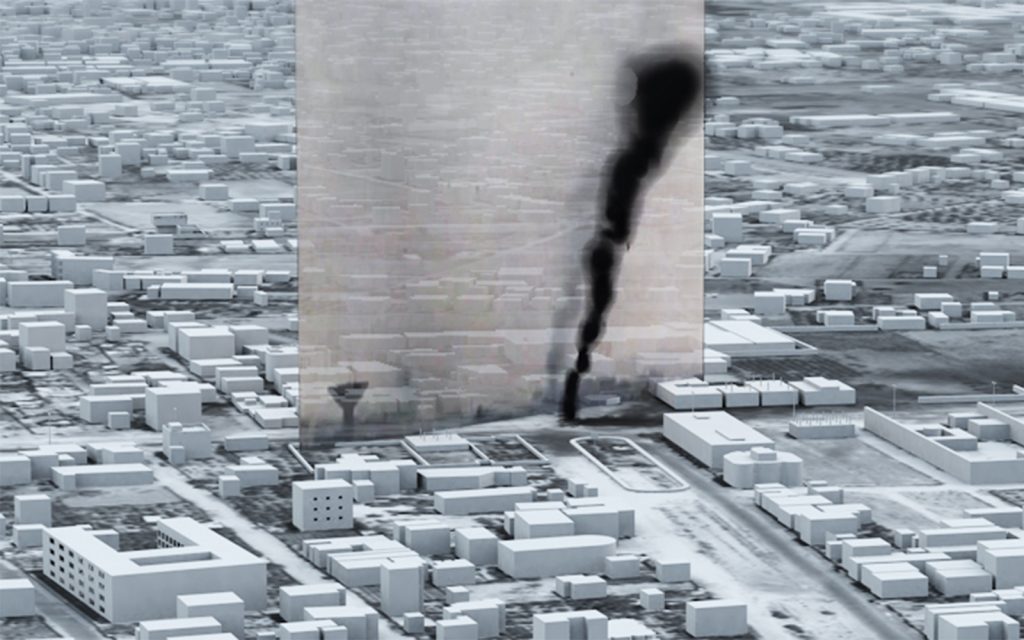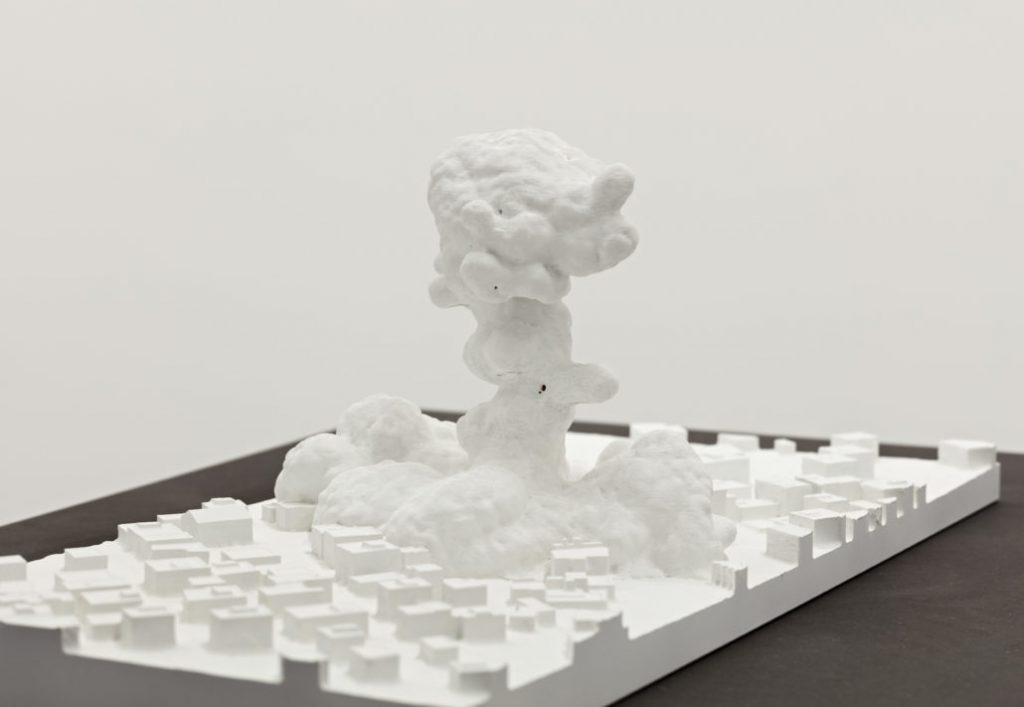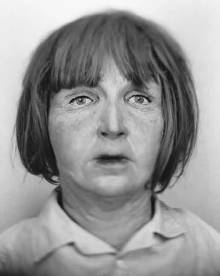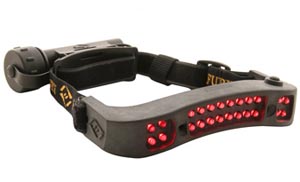Art as Action: Forensic Architecture
Part activism, part research agency, part creative endeavor

In contemporary society, the intersection between cities and battlegrounds is blurred—perhaps more than ever in nations suffering through conflicts. But as technology becomes more accessible and affordable (and internet more widely available), crime and conflict are documented from hundreds and thousands of angles, perspectives and positions. Forensic Architecture, helmed by Eyal Weizman at Goldsmiths University of London, is an independent research agency working to gather and transfer this archival evidence into architectural renderings and use it in cases against human rights violations and war crimes and in instances where scene recreation is vital to finding the truth.

A trained architect, Weizman leads the group in traditional, learned-in-school architectural work. But instead of building, they’re dissecting and reassembling the pre-existing.
His idea for Forensic Architecture is to put the tools into the hands of society—to defend themselves against state misdirection, to be a documenter of these instances and to have someone working to use (or at least look at) evidence.

The work teeters somewhere between action, art and architecture. Their team is not just architects, but is made up of artists, software developers, journalists, archaeologists, lawyers, scientists and beyond. Their findings have been used as evidence in court, truth commissions, and more. It’s almost uncategorizable.
Weizman, while speaking with us at this year’s Culture Lab Detroit, explains, “I don’t feel that I need to locate my work in a single discipline. What organizes our work and our thinking is the problem. [We] will compose a kind of stack or an intersection of various people with different sensibilities and knowledges.”

“I think that the kind of investigative practice we are involved in, to a certain extent, is one that brings the capacity to undertake investigation to civil society,” Weizman says. “The work itself, the problem, creates common space. In which different communities, different players come together, but also different media—different forms of articulation.”

Forensic Architecture’s work is exhibited in the permanent collections of some of the world’s most recognizable art galleries. Exhibition at these places becomes, for many, consumption of top-tier art but, for others, it’s a display of activism and representation.
“The idea of the common is creating, not in a communitarian way (as in a neighborhood or a village), a common engagement with a problem, which comes simultaneously by way of a community experiencing trauma or violence—and it is generated not geographically but through lines of solidarity,” Weizman says.
Forensic Architecture’s work is on display now at numerous galleries. Archaeology of the Present: Memory, Media, Matter is on exhibition at White Box Project Space in Friedrichshafen, Germany until 1 December. République Géniale: A Cooperation of Kunstmuseum Bern and Dampfcentrale Bern is on in Bern through 11 November. Beazley Designs of the Year 2018, featuring Forensic Architecture, is on in London through 6 January, 2019.
Images courtesy of Forensic Architecture












